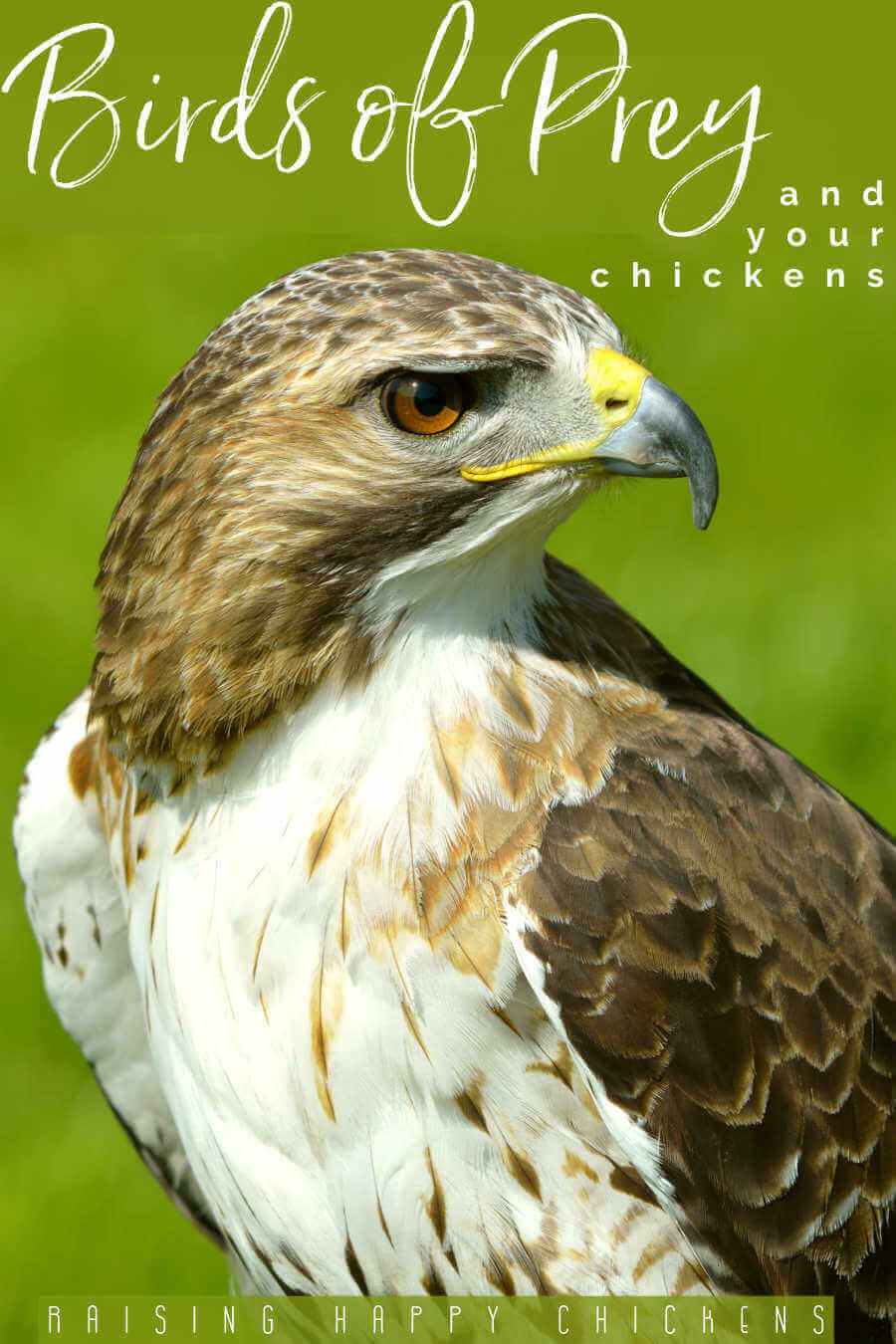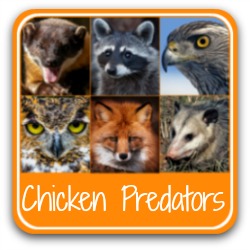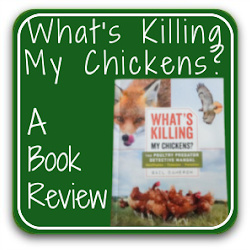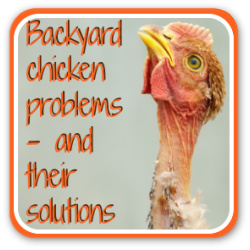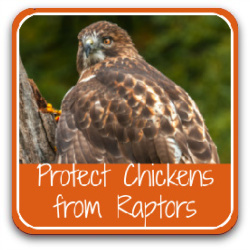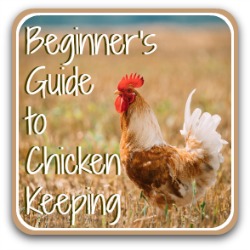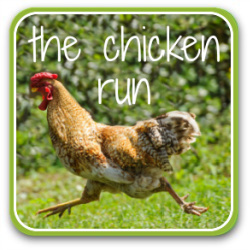Are birds of prey taking your chickens?
You know something is attacking your flock from above, but you're not sure what it is or how to stop it.
Some hunt by day, others by night. Some take their prey away, others leave traces at the site.
But which is which? And does it matter when you're considering how to keep birds of prey, also known as raptors, away from your flock?
In this article we'll look at four different birds of prey: what they look and sound like, how they hunt and how to tell which is predating on your chickens.
And in my second, related, article, we'll assess the most effective deterrents which you can begin to use in your chicken run straight away to keep your flock safe from harm.
What are the general features of a bird of prey kill?
You'll know it's been a bird of prey if...
- The chicken looks as though she has been stabbed or slashed with a knife
- Most of the injuries are on the back and breast
- Feathers are cleanly plucked
- You find white poop left at or near the kill site, particularly on a fence post or tree
- A chicken has simply disappeared without trace.
Important: birds of prey are protected by law.
No matter how understandably angry you may be at birds of prey taking your chickens, it's important to remember that they are protected by law, globally(1, 2).
Hunting, trapping, injuring, taking eggs from and disturbing nesting sites is against the law and carries a potential prison sentence.
So find ways of protecting your chickens that do not involve harming raptors!
Large birds of prey: the eagle.
The largest, most magnificent and most powerful of all birds of prey, there's no mistaking an eagle in flight.
 There's no mistaking the magnificent bald eagle.
There's no mistaking the magnificent bald eagle.Eagles are built to soar - and kill. Their immensely powerful talons can carry off large mammals; their hooked bill is razor-sharp. It kills and cuts through meat in a matter of minutes.
They generally won't predate on domestic animals, preferring to hunt in the wild. But they're also opportunists: if there's an abundance of food, they'll hunt, and even gather.
And if that means a free range chicken farm, that's where they'll stay(3).
If you have eagles in your area and your chickens roam in an area without cover, expect to lose some.
How to know if you have eagles predating on your chickens.
They hunt during the day, so you'll see them - it's as simple as that. You'll also hear their screeching call - listen to it in this audio clip.
And you're likely to be missing chickens but finding no trace, as an eagle will carry its prey back to an elevated place of safety.
 A golden eagle's bill: hooked and immensely powerful.
A golden eagle's bill: hooked and immensely powerful.Hawks.
Smaller than an eagle, but very similar in flight with an enormous wing span and a flat tail end, hawks are also day hunters.
The name covers a wide variety of raptors, of different sizes and habitats. Some will prey on chickens if they get the opportunity; others will stick to small mammals and birds.
The most common, and the raptor which most often preys on chickens, is the red-tailed hawk, Buteo Jamaicesis - also known colloquially as the chicken hawk.
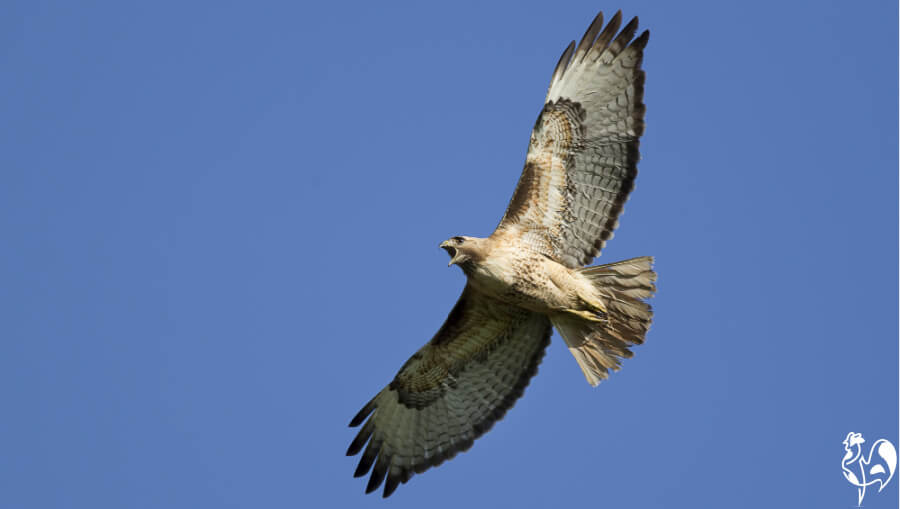 The red tailed hawk in flight.
The red tailed hawk in flight.Originally, like the eagle, nesting and living in mountainous regions, hawks have learned to adapt to modern life and can now often be found in urban settings, nesting high up on ledges, billboard platforms and, in the case of the famous Cornell University red tailed hawks, in light towers above their playing fields(4).
Generally, hawks prey on small mammals, songbirds and road kill. But again like the eagle, they're opportunists and will take chickens if they can.
A study by Cornell(5) found that Cooper's hawks have actually been attracted more to domestic environments because food has become more plentiful. They will prey on both backyard flocks and on songbirds, to which they're attracted by domestic bird feeding stations.
Smaller in size - about the size of a crow - the Cooper's hawk doesn't have the power to carry off a full-sized chicken, but will certainly go for a chick.
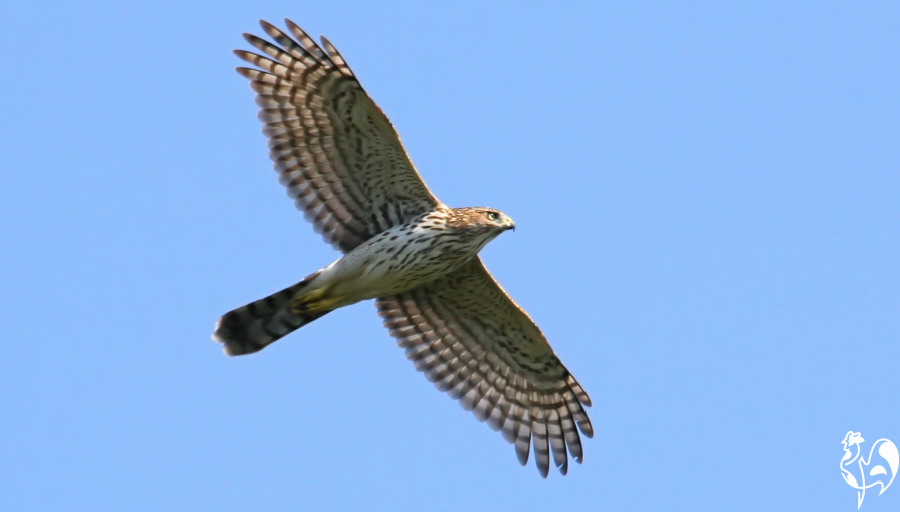 A Cooper's hawk in flight.Notice the tail is narrower than the Red-Tailed hawk.
A Cooper's hawk in flight.Notice the tail is narrower than the Red-Tailed hawk.The most common of the hawk family in Europe is Buteo Buteo - the common buzzard. Often seen hunting over our own valley, they circle gracefully on wind currents, hunting mice and voles in the fields.
They tend to stay in pairs; adults have a very distinctive white wingspan which makes them easily identifiable.
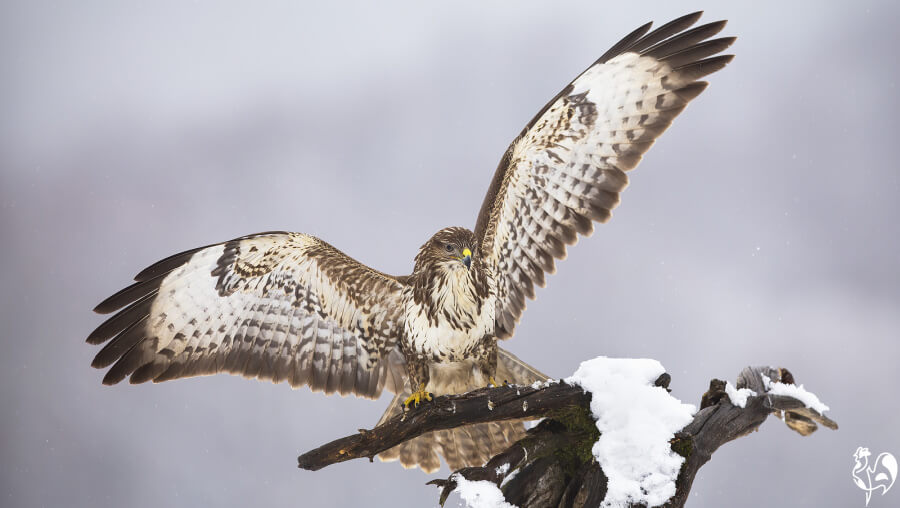 The buzzard - an adult is easily identifiable by its white underwings.
The buzzard - an adult is easily identifiable by its white underwings.How to know if you have hawks interested in your chickens.
There are more reported sightings of hawks in the spring and autumn (fall), possibly because some species are migratory(6, 8).
They tend to stay in place to eat their kill, unless they have young to feed. They're messy and take time in eating, so you may find them still in your run. If they've gone you'll find parts of the chicken left behind.
And you'll hear their call - listen to the red-tailed hawk in the audio clip below.
Owls.
Unlike eagles and hawks, owls are generally silent night hunters. There are dozens of different species, found in different regions of the world.
The Great Horned Owl.
The largest and most common owl in North America, the Great Horned (Bubo virginianis) owl's ear tufts are his most distinctive feature.
 The great horned owl will take baby chicks if he gets the chance.
The great horned owl will take baby chicks if he gets the chance.Found in a range of environments he doesn't confine himself to his natural habitat of wooded countryside but can be found in towns and suburbs - as long as he can find some trees.
This owl is easily capable of carrying off small mammals, "up to the size of ducks and geese"(6, 7), so chickens will be a target if they're out at night.
Eagle Owl.
The Eagle Owl is best known as the largest owl in Europe. A large, very powerful bird with a wingspan of over six feet and distinctive bright orange eyes, he'll generally be found in mountains and forests and is occasionally, but rarely, found in urban areas.
 Bubo bubo - the graceful eagle owl in flight.
Bubo bubo - the graceful eagle owl in flight.The Eagle owls are "not picky eaters"(6) and will eat both mammals and birds, including other raptors, as well as reptiles and occasionally, fish.
Think an Eagle owl isn't strong enough to take a chicken? Watch how this one uses speed and the element of surprise to carry off a young hawk.
Look for the two glowing objects approaching to the right of the nest - that's the glow of those orange eyes.
Because of its preferred habitat, though, domesticated chickens are unlikely to be a target for this owl.
Barn Owl.
Probably the most well known owl globally is much smaller than these: the common barn owl (Tyto alba)'s distinctive flat, heart-shaped face is a regular sight in both rural and urban areas.
 The barn owl, Tyto alba.
The barn owl, Tyto alba.Are barn owls a threat to adult chickens?
Not usually. They're too small to carry off a chicken, and a fully feathered rooster will be a real problem for the smaller barn owl.
They may take a chick if they see an opportunity, but they're more likely to be a friend to you in keeping rodents away from your coop. Rats and mice, together with voles and young rabbits, are the main diet of this owl.
In fact if you have a barn, you might want to encourage a friendly barn owl to make its home there.
How to know if you have owls as neighbours.
You're more likely to hear than see them, and you'll hear them mostly from dusk until dawn. Their flight is virtually soundless, and their hunts are successful because they take their prey by surprise.
They have an exceptionally well developed sense of hearing and they tend to hunt in the same places, away from their nests.
Their call is distinctive, ranging from the well known hoot of the Great Horned owl...
to the high pitched call of the Eagle owl...
...and the screech of the barn owl.
Crows, rooks and ravens.
They're members of the corvidae, not the raptor, family, but they have the reputation of being killers. Is it accurate?
It's not unusual to see crows and ravens attacking birds of prey, but they're not there for the kill - they will attack in groups if they think their territory, and particularly their nests, are under threat.
So are they likely to kill chickens?
 Could a raven kill and eat a chicken?
Could a raven kill and eat a chicken?The answer is "it depends". Like most birds of prey, they're opportunists, so they'll eat whatever comes their way and is fairly easy to find.
They will kill by tearing into flesh with their beaks which, although nothing like as dangerous as an eagle's bill, are pointed and dangerous.
But unlike birds of prey, they don't have the talons needed in order to carry off their prey. So they'll generally be found eating it on the spot, and they will avoid places where they're likely to be disturbed.
If disturbed, they may well return later to finish their meal.
They will certainly eat small mammals, including bantam chickens and chicks, and they'll take advantage of any prey left behind by others. Their reputation as killers of larger mammals comes from often being seen beside a carcass.
On the positive side, they also eat a large variety of insects, many of which are destructive to plants and vegetables.
So on balance, as long as chicks and bantams in particular are kept safe, members of the crow family are not bad to have around.
Other articles you'll find useful.
Sources.
1. Royal Society for the Prevention of Cruelty to Birds: UK charity. Information about punishments for harming birds of prey.
2. Migratory Bird Treaty Act: details of the US federal law protecting birds of prey.
3. Matthews, Susan: An organic chicken farm has become an endless buffet for bald eagles. Article, pub. National Audubon Society, 2016. A fascinating story of how a free range chicken farmer came to live side by side with dozens of bald eagle predators.
4. Cornell University: red-tailed hawks live video-cam.
5. Devokaitis, M: Seeing more hawks in your backyard? It's not your imagination! Pub. Cornelll Lab, 2019.
6. Cornell Lab: a free resource for identification of a wide range of birds, including birds of prey.
7. The World Owl Trust: owl conservation across the world.
8. Damerow, Gail: What's Killing My Chickens? Pub. Storey, 2019.
